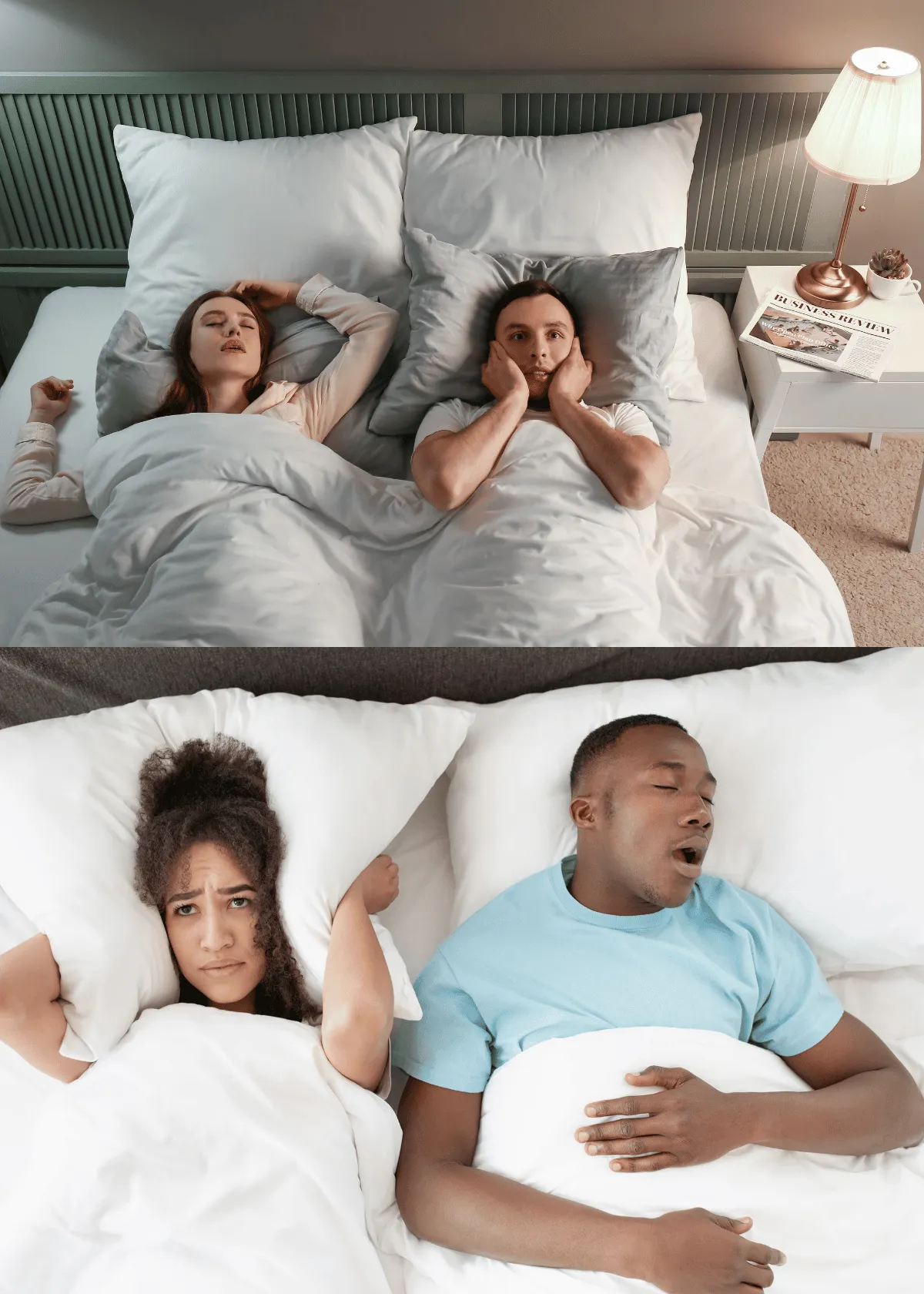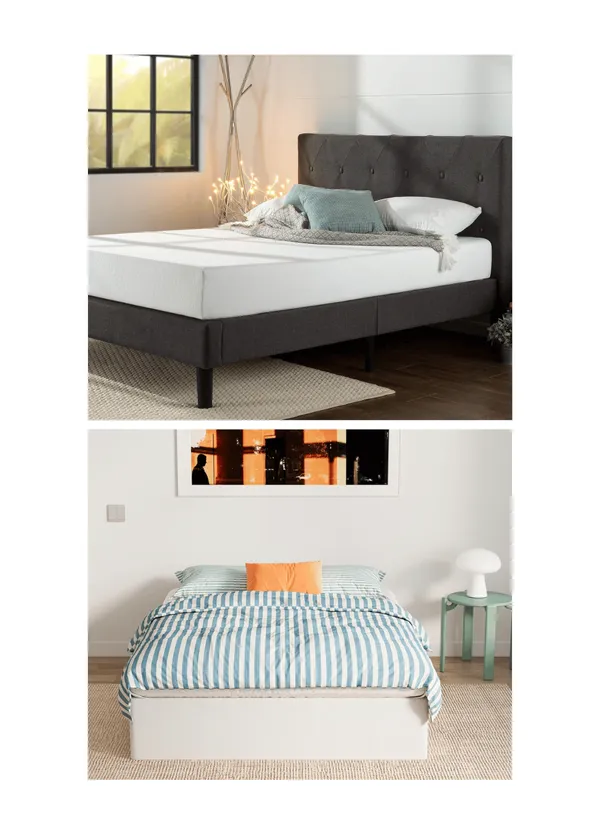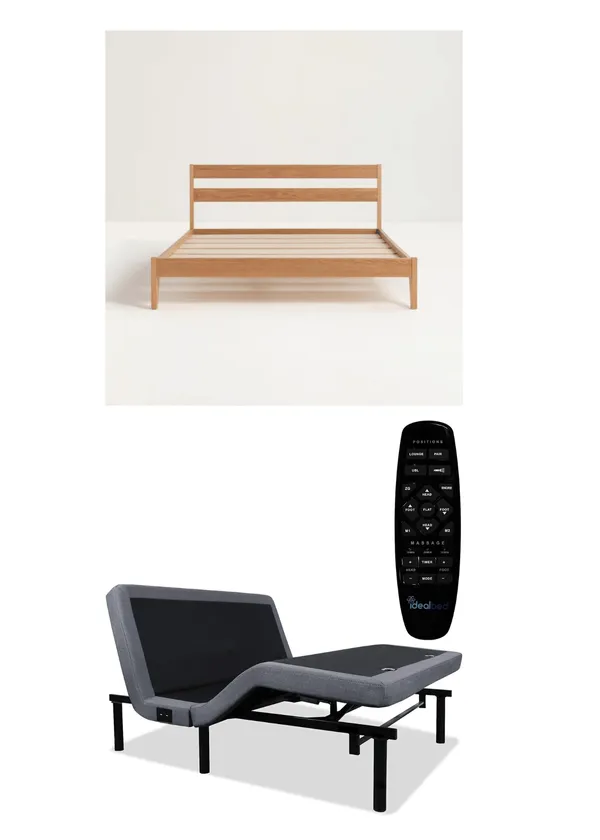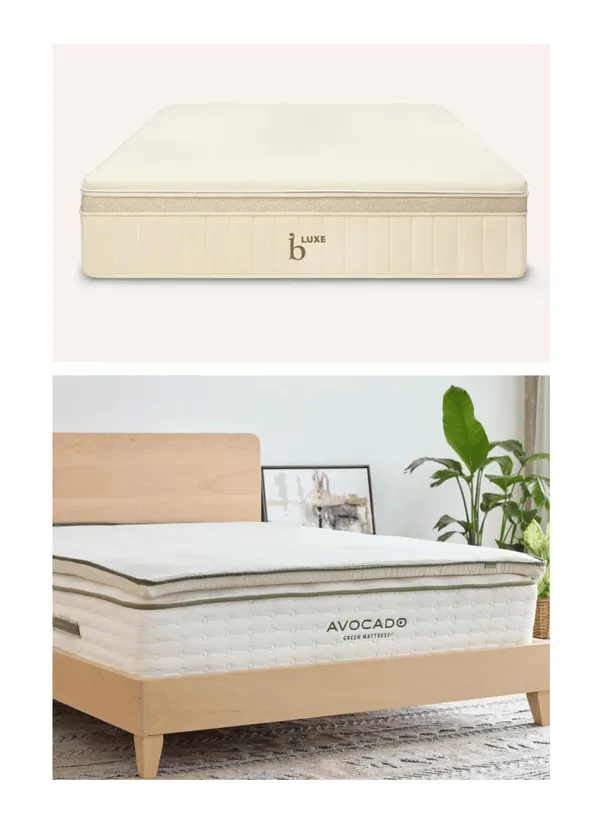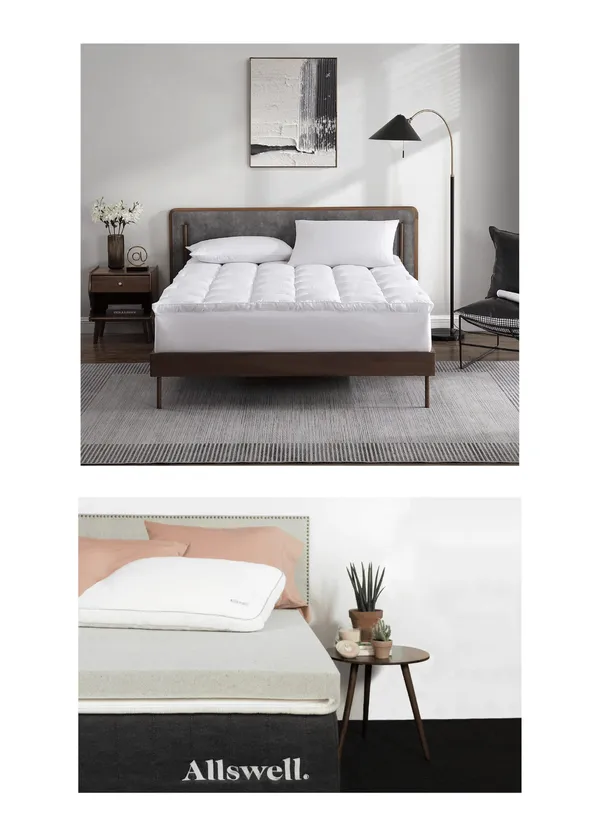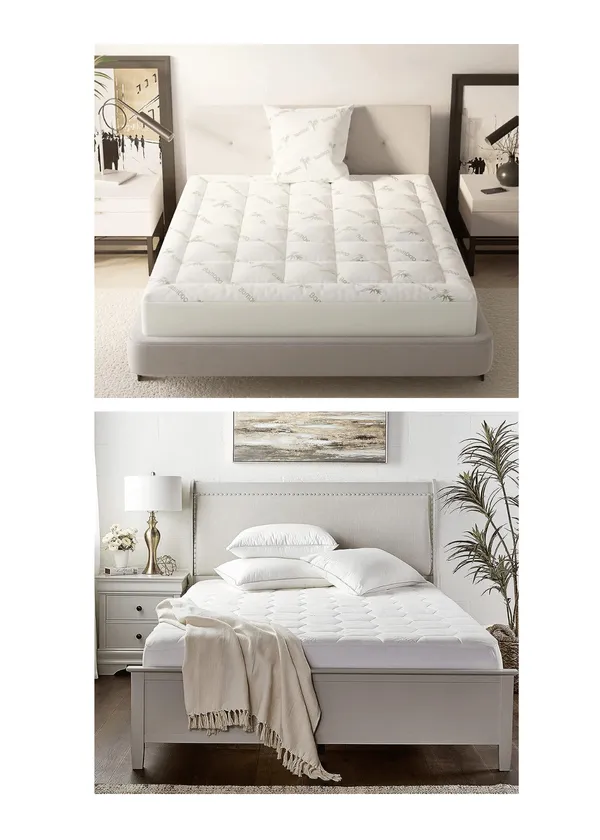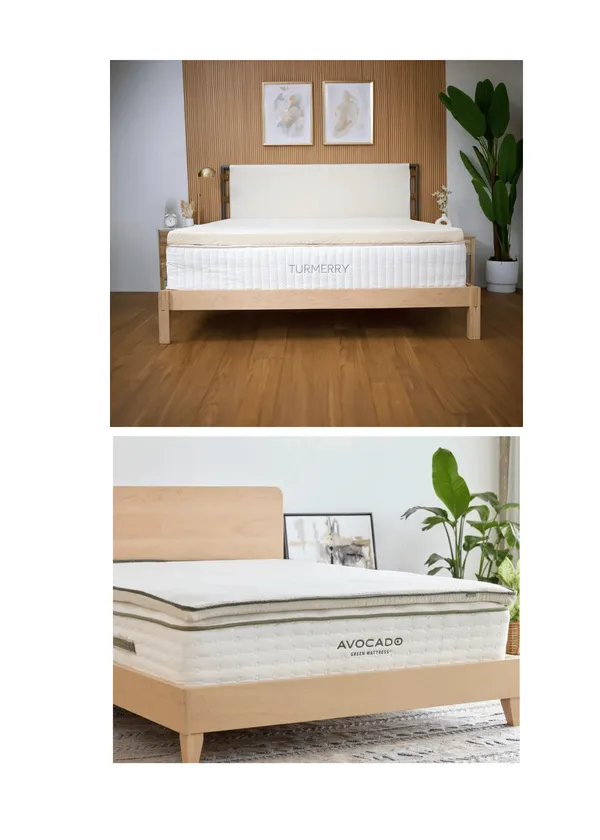(Last Update: 05/25/2024)
Sleep is a fundamental aspect of our daily lives, essential for health, productivity, and overall well-being.
But what if the restorative sleep you're supposed to enjoy is interrupted, leaving you tired and irritable throughout the day?
As someone who understands the impact of Sleep Apnea, I know this potentially severe sleep disorder can disrupt your sleep cycle and impair your daily activities.
The good news is that an adjustable bed might be the solution.
I would encourage you to continue reading to discover how an adjustable bed can help you achieve a better night's sleep and improved health, lifting the burden of sleep apnea off your shoulders.
KEY TAKEAWAYS:
1. Sleep apnea disrupts sleep cycles, affecting health and daily life. Understanding symptoms and dangers is vital for managing this disorder.
2. Sleep position impacts sleep apnea. Adjustable beds, endorsed by doctors, reduce airway obstruction by elevating the upper body.
3. Choosing the right adjustable bed, considering health needs, budget, room size, and features, can improve sleep and overall health for sleep apnea sufferers.
What is Sleep Apnea?
Sleep apnea, a frequently underestimated sleep disorder, is typified by disturbed sleep and breathing throughout sleep due to the airway being constricted by surrounding tissue. This “apneas" issue can persist for over 10 seconds, causing a decline in oxygen delivered to the brain.
Obstructive Sleep Apnea (OSA) is a serious sleep disorder where breathing repeatedly stops and starts.
The dominant form, Obstructive Sleep Apnea, occurs when throat muscles relax excessively, hindering blood flow and oxygen supply.
Effective management of Obstructive Sleep Apnea is crucial for maintaining overall health and preventing complications.
This disturbance often triggers prominent snoring problems or choking noise upon the resumption of breathing, contributing to poor circulation, potential acid reflux, and many health problems due to subpar sleep quality.

A Person back sleeping With a CPAP Machine
(Credit: Canva)
Symptoms of Sleep Apnea
Recognizing sleep apnea can be tricky as it occurs during sleep. However, key symptoms include loud snoring, gasping for air during sleep, breathing problems, and frequent awakenings or insomnia.
Daytime symptoms may include excessive daytime sleepiness, difficulty concentrating, irritability, or headaches. These symptoms can also indicate other sleep disorders.
So, if you experience these symptoms regularly, you should be able to seek professional medical advice for an accurate diagnosis and treatment plan.

A Spouse Displaying Their Sleeplessness Due to their Spouse's Sleep Apnea
(Credit: Canva)
Dangers of Untreated Sleep Apnea
When left untreated, sleep-related breathing disorders can pose serious health risks. Intermittent breathing pauses create an imbalance of the blood's carbon dioxide and oxygen levels, forcing the heart to work harder.
This may lead to high blood pressure and increase your risk of heart disease, stroke, and arrhythmias. Sleep-disordered breathing also contributes to metabolic issues like diabetes due to the impact on insulin resistance.

Person's awkward sleep position due to sleep apnea
(Credit: Canva)
Treatment Options for Sleep Apnea
Treatment for sleep-disordered breathing varies depending on its severity and the individual's overall health. Lifestyle changes such as weight gain or loss, quitting smoking, or altering sleep can often alleviate symptoms.
Medical devices like Continuous Positive Airway Pressure (CPAP) machines help keep the airway open during sleep.
Oral appliances designed to keep the throat open are also available. In severe cases, surgical options might be considered. Recently, reclining beds have emerged as a beneficial tool in managing sleep-disordered breathing.

A Young Lady is about to wear their CPAP machine.
(Credit: Canva)
The Role of Sleep Position in Managing Sleep Apnea
The sleeping position plays a significant role in managing sleep-disordered breathing. Sleeping while lying flat on your back can cause your tongue and soft tissues to obstruct your airway, triggering apnea episodes.
Therefore, doctors often recommend positional therapy, which involves altering sleeping positions to reduce apnea occurrences.
For instance, elevating the head and upper body can significantly alleviate the symptoms. Adjustable beds offer a practical and comfortable solution to maintaining an optimal slumber posture throughout the night.
A CPAP machine is often recommended for slumbering asphyxia sufferers. It aids by forcing air forward into the airway, countering the obstructive effect of a relaxed throat. This can improve the body's ability to maintain oxygen levels during sleep.

Sleep is escaping this lady, as their partner struggles.
(Credit: Canva)
How Adjustable Beds Work
Adjustable beds are revolutionizing the sleep industry. These beds feature flexible foundations that can be adjusted independently at the head and foot areas, allowing for a range of comfortable sleeping positions.
Using the remote control, you can easily adjust the bed to find the optimal position that alleviates discomfort or addresses specific health concerns.
For sleep-disordered breathing sufferers, raising the head section can prevent the tongue and soft tissues from collapsing into the narrow airway and help the nasal passages open and pressure points. Additionally, reclining beds can reduce acid reflux symptoms, improve circulation, and assist with mobility.
Seven Top Adjustable Beds for Sleep Apnea
Sven & Son Platinum Series Adjustable Bed Base:
Known for its high-tech features like pillow tilt and lumbar support, this bed offers ideal sleep posture and better blood flow, helps reduce snoring, and has a zero gravity position.

Sven & Son Platinum Series Adjustable Bed Base and Mattresses
(Credit: Sven & Son)
Blissful Nights King Adjustable Bed Frame :
Its mattress offers an adjustable base that easily adjusts back, head, and foot inclines to find a comfortable position that provides better sleep. It provides ergonomic positions.

Blissful Nights King Adjustable Bed Frame
(Credit: Blissful Nights)
ESHINE Split King Adjustable Bed Frame With Mattress:
Features separate adjustments for slumber posture on each side, perfect for couples with different sleep preferences. It provides better support for a neutral body position and can help reduce snoring.

ESHINE Split King Adjustable Bed Frame With Mattress
(Credit: ESHINE)
LUCID L600 King Adjustable Bed Base:
It is known for its robust motor, smooth and quiet adjustments, and programmable memory position, which help eliminate snoring.

LUCID L600 King Adjustable Bed Base and Mattress
(Credit: LUCID)
GhostBed Split King Custom Adjustable Base:
It offers full customization, under-bed lighting, and USB ports for convenience.

GhostBed Split King Adjustable Base and Mattress
(Credit: GhostBed)
TEMPUR-Ergo Premier-Grey Adjustable Base:
The bed offers multiple adjustment options with a massage function to promote relaxation and help limit snoring.

TEMPUR-Ergo Adjustable Base and Mattress
(Credit: TEMPUR-Pedic)
iDealBed 3i Custom Adjustable Base:
The bed offers whisper-quiet motor operation and customizable positions. It improves blood circulation and helps reduce chronic snoring has a sleek design that blends well with any bedroom decor.

iDealBed 3i Adjustable Base
(Credit: iDealBed)
How to Choose the Right Adjustable Bed For Good Night's Sleep
Choosing the right adjustable bed involves considering your needs, budget, and room size. First, please understand what features are important for you, such as programmable positions, massage functions, or split design for dual adjustments.
Next, consider the quality and reputation of the brand. A split design may be advantageous if you're a couple with different sleep preferences.
Lastly, please make sure the best adjustable bed fits your room size. An adjustable bed can help you get quality sleep and better health.
Conclusion: Lift Your Nightly Rest with Adjustable Beds
An adjustable bed makes optimizing sleep positions for sleep apnea sufferers easy, dramatically improving sleep quality, health, and well-being.
I recommend exploring adjustable beds to elevate your sleep experience. Isn't it time you elevated your sleep for a better night's rest?
By investing in an adjustable bed, you can find the comfort and support needed to lift the burden of sleep apnea off your shoulders and enjoy a truly restful night.
FREQUENTLY ASKED QUESTIONS
What is the most natural zero-gravity sleep position?
The most natural sleeping position in zero gravity is often described as a relaxed form of the fetal position. Zero gravity also helps weight distribution. The body naturally assumes a slightly bent, curled-up zero gravity position.
How high should you elevate your bed for sleep apnea?
Elevation for sleep apnea relief often varies, but a 30-45-degree angle is usually recommended. This angle helps reduce the effect of gravity on the airways, improving breathing. However, each person's needs may differ, so it is best to consult medical professionals.
What is the best sleeping position for sleep apnea on an adjustable bed?
Elevated supine or side-sleeping is the best position for an adjustable sleep apnea bed. Raising the head and mattress reduces gravity's impact on airflow, while side-sleeping can prevent the tongue and soft tissues from blocking the airway, promoting better breathing.

